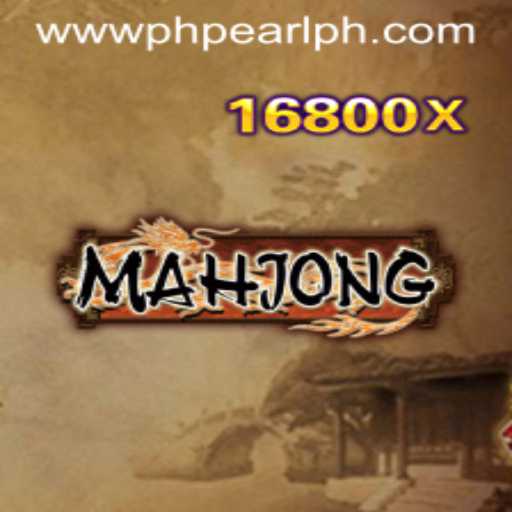An in-depth exploration of Mahjong, its origins, rules, and its presence in modern times.
Mahjong: A Timeless Game of Skill and Strategy
Mahjong is a tile-based game that has captured the hearts of players worldwide. Originating in China, this intricate and engaging game combines skill, strategy, and a bit of luck—a perfect recipe for an enduring classic.
The Origins of Mahjong
The roots of Mahjong trace back to ancient China, where it was believed to be derived from various card games played in imperial courts. Its precise inception remains debated, with some attributing it to Confucius in the 6th century BC, while others point to more recent origins in the 19th century. Regardless of its beginnings, Mahjong's growth in popularity across Asia was undeniable, eventually spreading to the United States and Europe in the early 20th century.
Understanding the Game: Pieces and Play
The game of Mahjong is typically played with four players and a set of 144 tiles. These tiles are divided into three suits: dots, bamboo, and characters, each ranging from one to nine. In addition to these, there are honor tiles, which include winds (east, south, west, and north) and dragons (red, green, and white).
Depending on the regional variations, players may encounter additional tiles such as flowers and seasons, which serve as bonus points. The primary objective in Mahjong is to form a winning hand by creating four melds (sets of three or four tiles) and a pair.
The Rules of Mahjong: Traditional and Modern Twists
One of the noteworthy elements of Mahjong is its diverse variants. The basic rules share similarities, but regional adaptations can be vastly different. The traditional Chinese rules are the original format with a high level of strategic play. The goal is to accumulate points by drawing and discarding tiles to form mahjong—a complete hand of 14 tiles.
Each game round begins with dealing 13 tiles to each player. The dealer, who has 14 tiles, starts the game by discarding one tile. Players then draw a tile from the wall on their turn and choose one tile to discard. This continues until a player wins by calling 'Mahjong' or the wall is empty.
Today, Mahjong embraces modern twists that cater to broader audiences. 'Hong Kong Mahjong,' one of the popular variations, employs a scoring system rewarding specific hands more favorably. The Japanese variant, 'Riichi Mahjong,' introduces components like declaring a 'riichi' to add excitement and reward for informed risk-taking.
Mahjong's Cultural Impact
Mahjong is much more than a game; it's an integral part of cultural identity in many countries. It is often played in festive gatherings, symbolizing unity and relaxation. In regions like Hong Kong, Mahjong parlors are a common sight, bustling with enthusiasts seeking leisure and competition.
Current Events and Mahjong
In recent times, Mahjong has seen a resurgence in popularity, partially due to the digital transformation of traditional games. Online platforms now offer myriad ways to enjoy Mahjong, drawing new players from various backgrounds. One such event is the 'PHPEARL Digital Games Fest,' a virtual gathering showcasing traditional games like Mahjong and celebrating their modern adaptations.
During recent health crises, Mahjong has served as a form of solace and a means to maintain social interactions at safe distances. Families and friends have taken to playing Mahjong over digital connections, fostering community and keeping traditions alive.
Conclusion
While the core of Mahjong remains constant, its ability to adapt to changing times ensures its place in the lives of many. As technology continues to evolve, so will Mahjong, continuing to find new audiences through innovative applications and cultural appreciation within an interconnected world.




